One of the things that make our country really interesting is its rich history. And one of the remarkable testaments of how rich our history is the creation of ancestral houses, which still seem to last up to this day. Silay City’s ancestral houses are just some of the most popular ones.
Officially listed and certified by the National Historical Institute and the National Commission for Culture and Arts as heritage houses, Silay’s ancestral houses are taken with utmost care, both maintained by local residents along with the help from the local government.
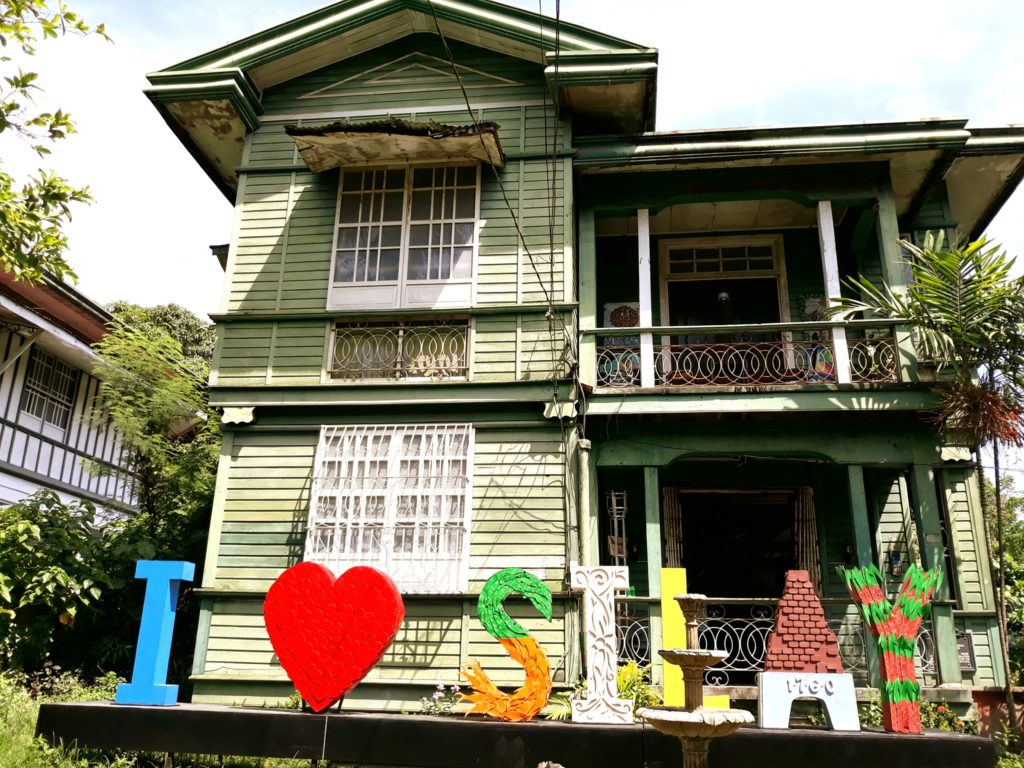
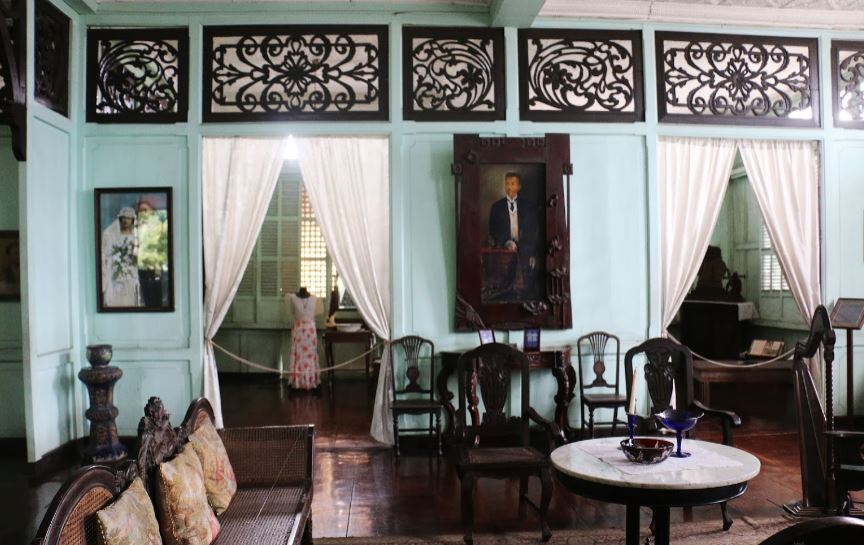
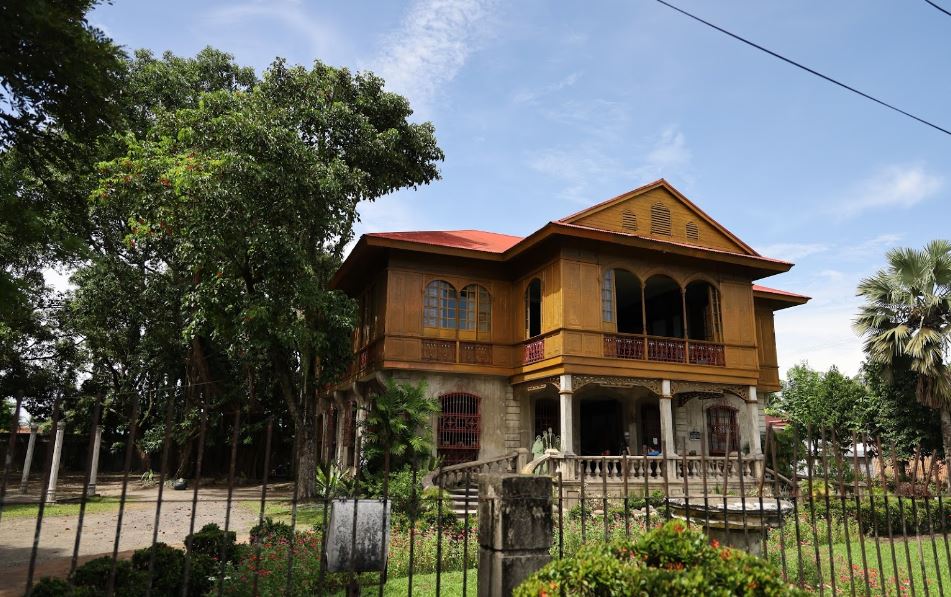
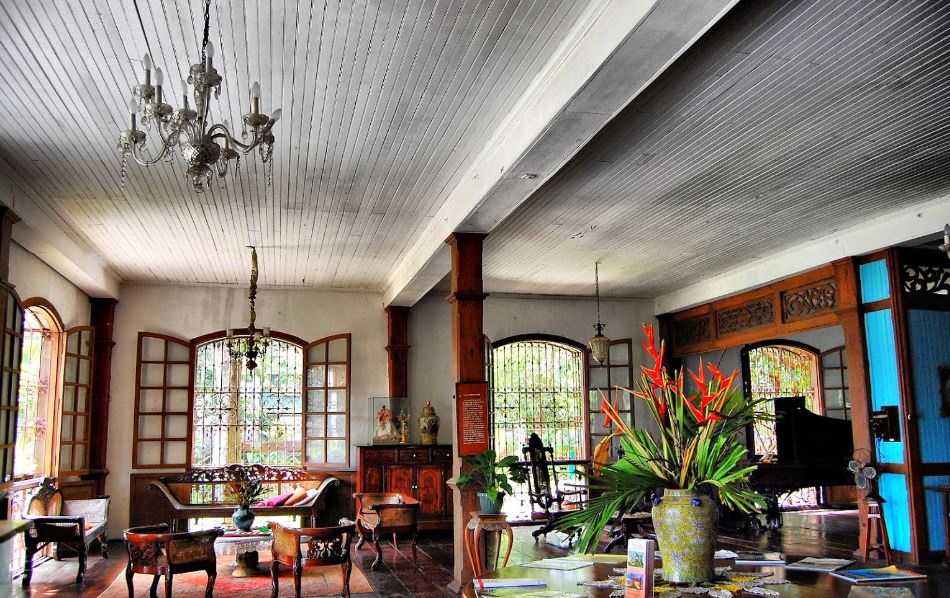
To be exact, thirty-one are listed as heritage houses, mostly in pristine condition and in fact, some are still resided by the original owners.
ANCESTRAL HOUSES YOU SHOULD VISIT ONCE YOU’RE IN SILAY
Thirty-one heritage houses may be a lot, mentioned below are the very popular ones, showcasing Negros’ rich history:
- Angel Araneta Ledesma – popularly known as “The Green House”, this is Silay’s one of the greatest heritage houses and was originally built in 1937. This heritage house is also presently the Culture, Arts and Tourism Office of Silay.
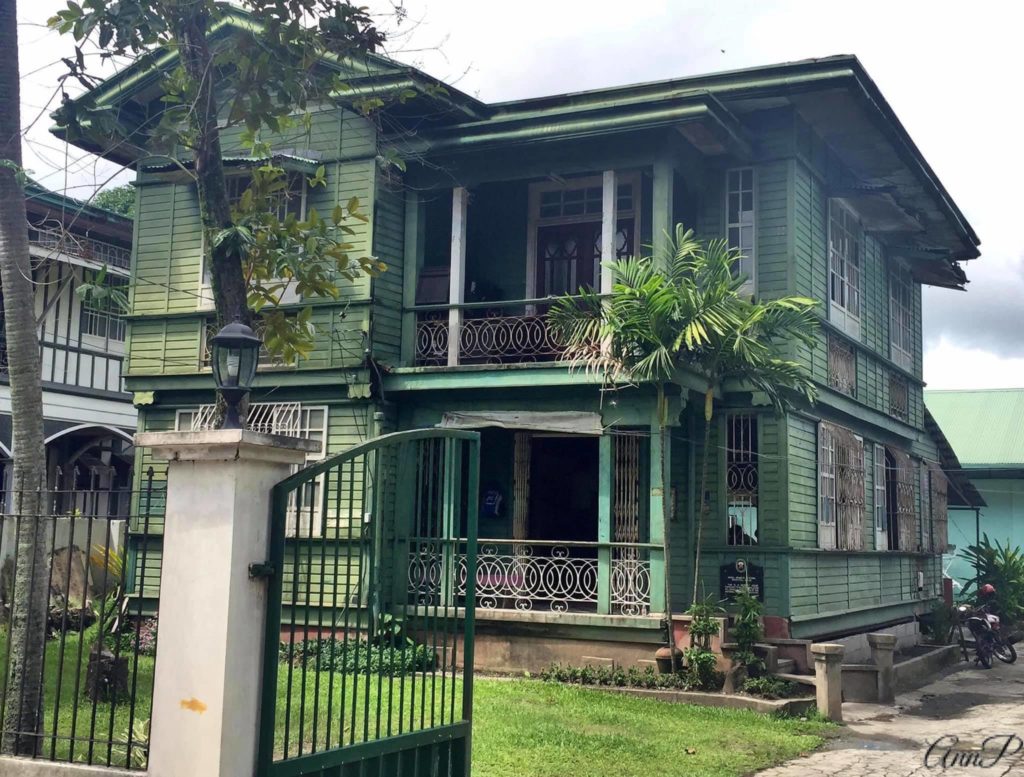
- Bernardino and Ysabel Lopez-Jalandoni Ancestral House – also simply known as the Bernardino Jalandoni House, the museum is known for its conspicuous pink paint, which is eventually dubbed as “The Pink House”. The house was completed in 1908 and is a popular venue for artistic, cultural and education events and performances.
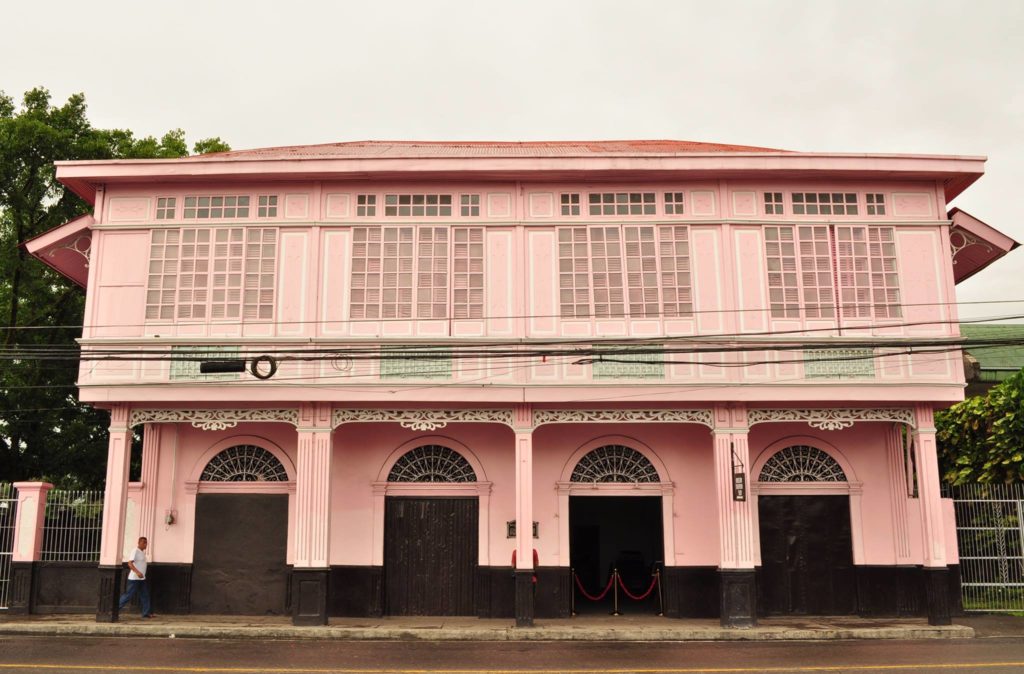
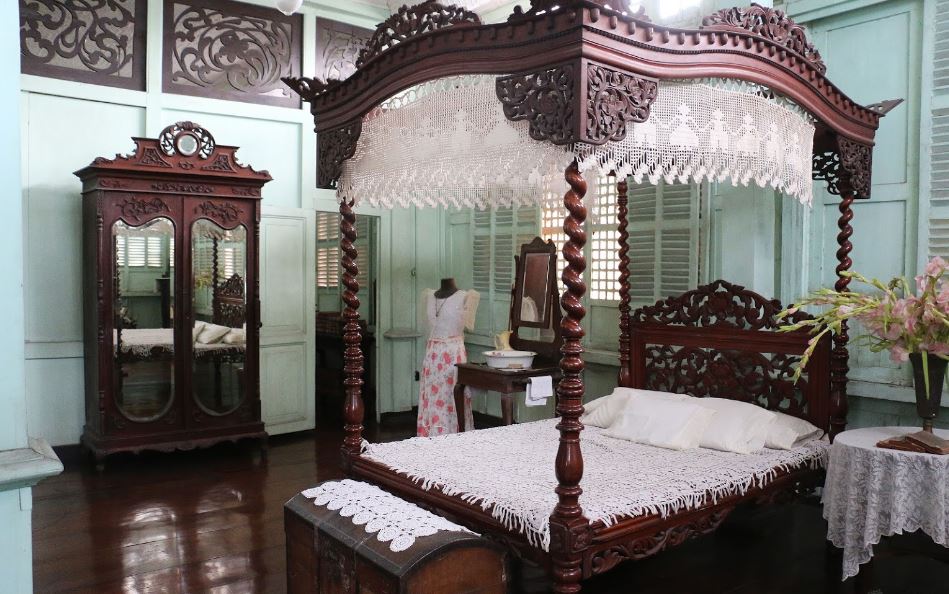
- Victor Fernandez Gaston Heritage House – also known by its Hiligaynon dialect the “Negrense House”, this heritage house stands among the rest as its design showcases the lifestyle of a late 19th-century sugar cane baron. The house is also the first museum to be established in the province.
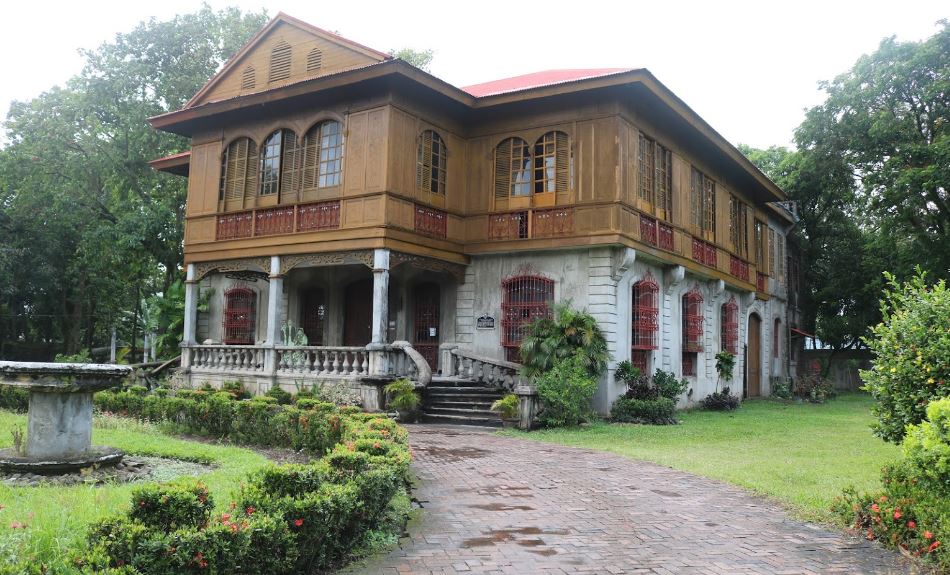
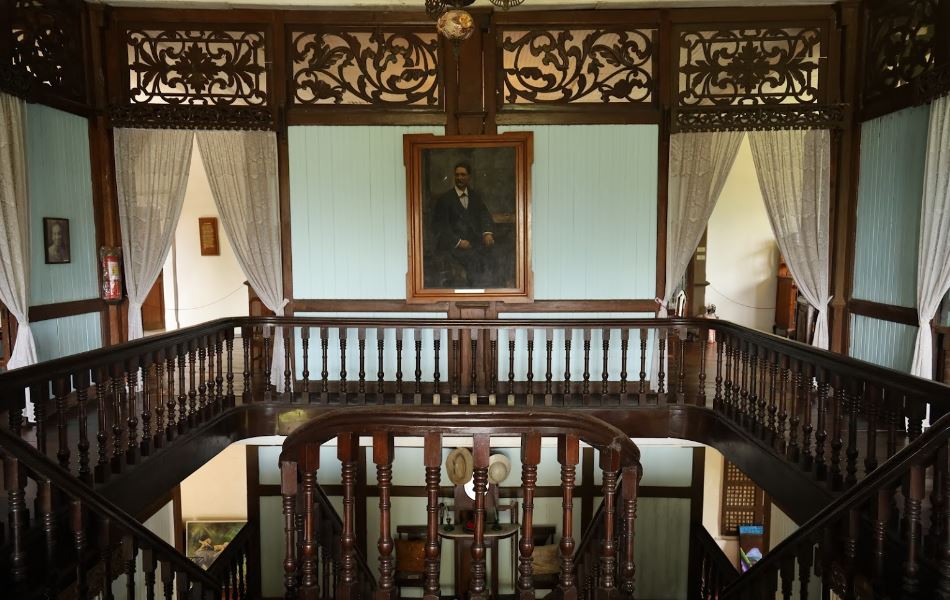
- Generoso Reyes Gamboa Heritage House – formerly one of the traditional heritage houses, this site is popularly now known among tourists as a bed and breakfast: 1898 Casa and Restorante. The Generoso Reyes Gamboa Heritage House is also considered to be the first twin house of the Philippines, built in 1898.
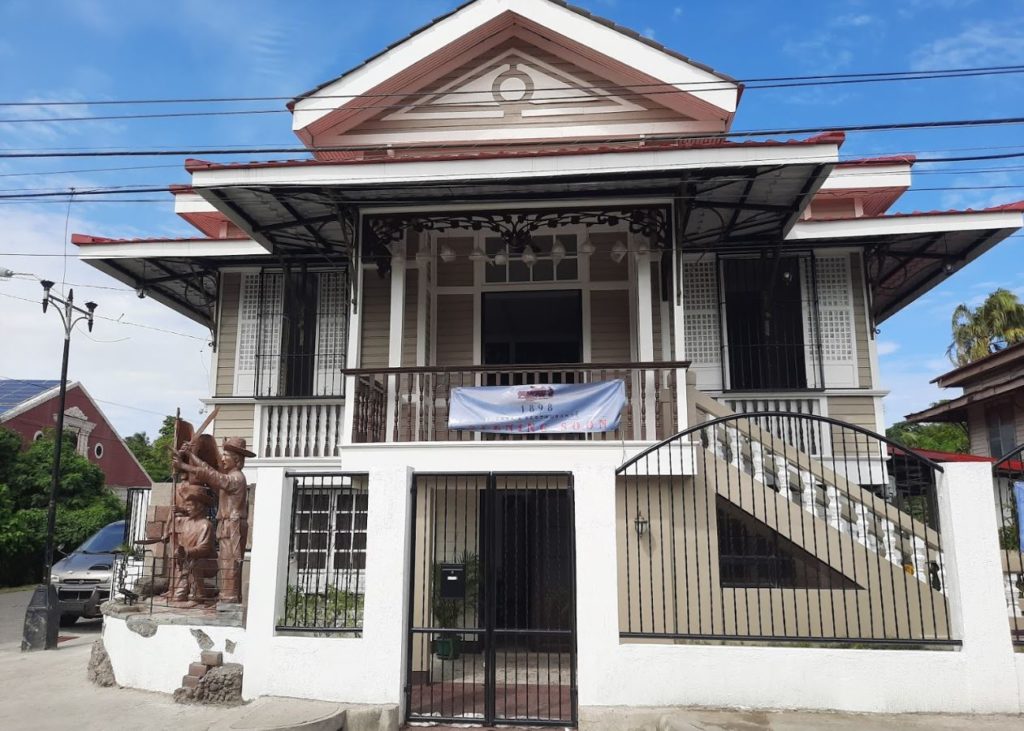
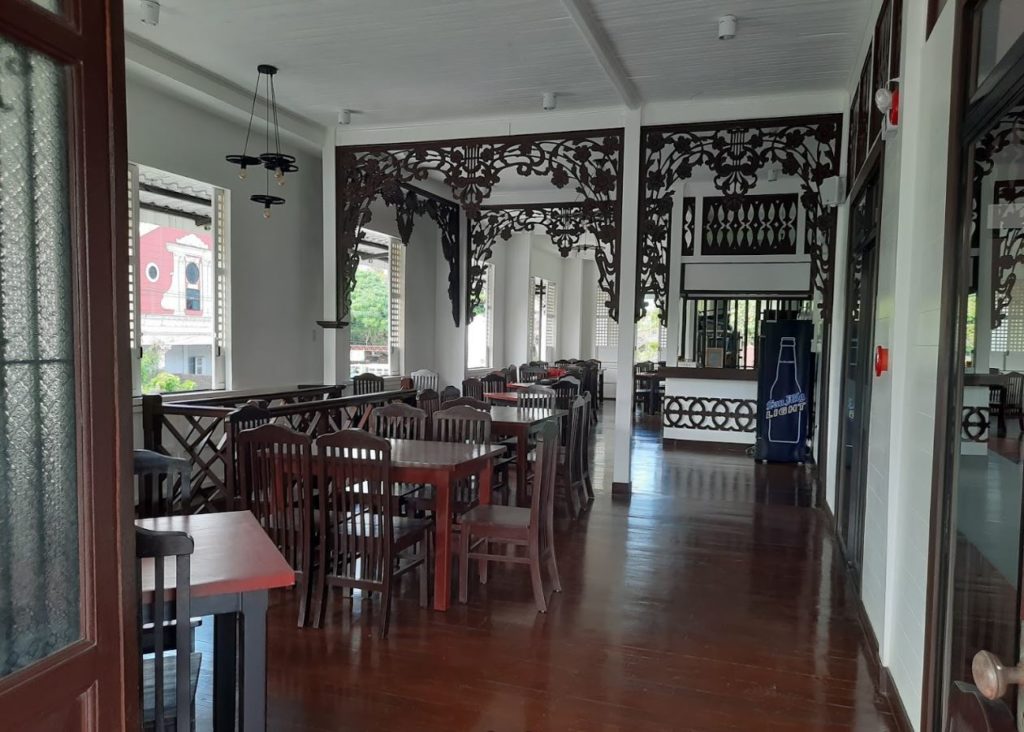
- Aguinaldo Gamboa House – one memorable fact with this heritage house is that the famous General Douglas MacArthur used to stay here while American forces were in the Philippines. Now popularly known as the Casa Gamboa, the ancestral house is an establishment focusing on culinary interests, staying true to the local dialect “namit”, which means “tasty”.
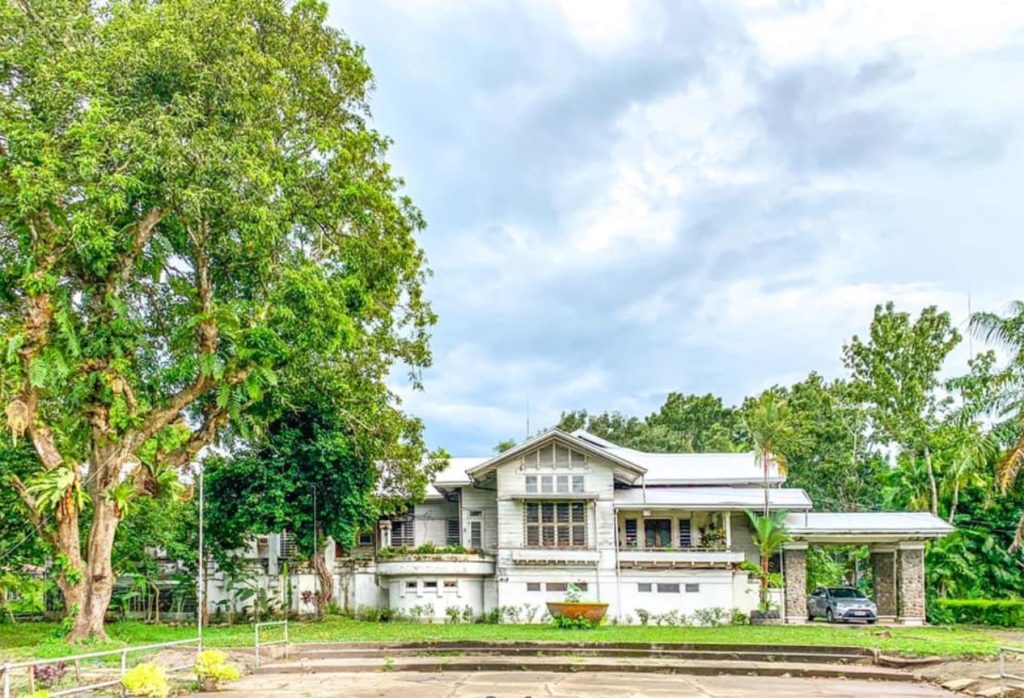
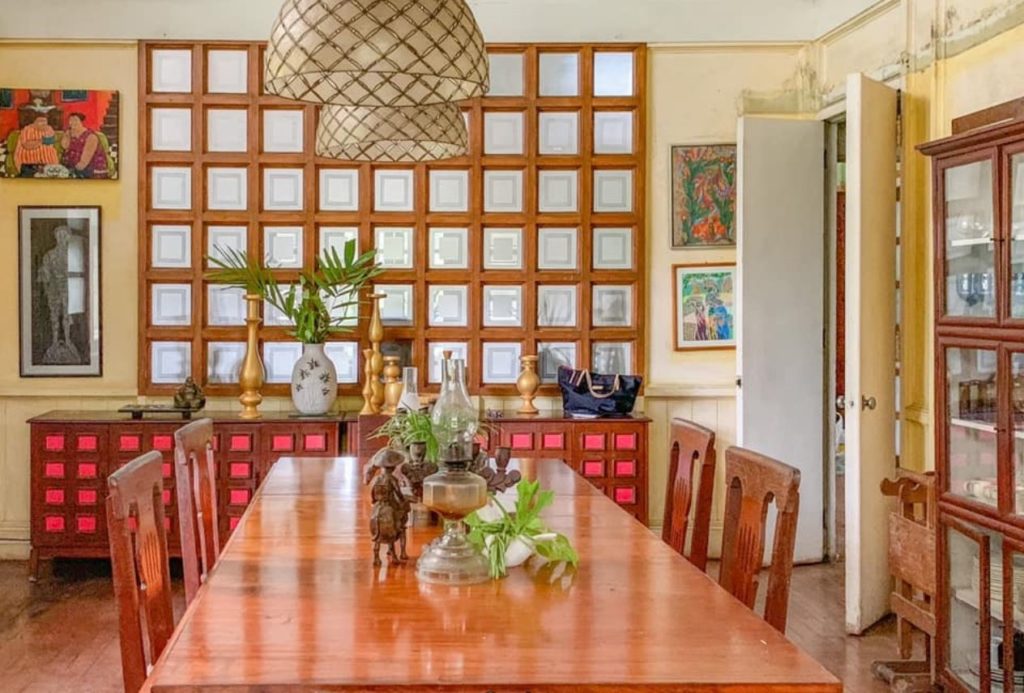
With lots of ancestral houses around, it could not be helped by both locals and tourists to dub the place as the “Paris of Negros”. The locals’ keen interest with art, collection of antiques and mansions led the place to be a “cultural and intellectual hub of Negros” too.
How To Get There
Exact Location: Silay City, Negros Occidental, Philippines
BY PLANE: Starting from Manila or Cebu, you can catch flights bound to Bacolod City, which is Negros Occidental’s capital. Average travel time by air would be 55 minutes from Manila and 30 minutes from Cebu. Once you’re in Bacolod City, buses, both aircon and non-aircon can be taken going to Silay City. Jeepneys and taxis are alternatives if you want to explore more the city.
BY SEA: Starting from Manila, boat cruises going to Bacolod City would take around 18 hours. Starting from Cebu City, you can take buses from the Cebu South Bus Terminal going to Dumaguete City. From there, you can ride ferries going to Negros Occidental with an approximate travel time of 5 hours. By then, you should reach Bacolod City where buses bound to Silay can be taken.


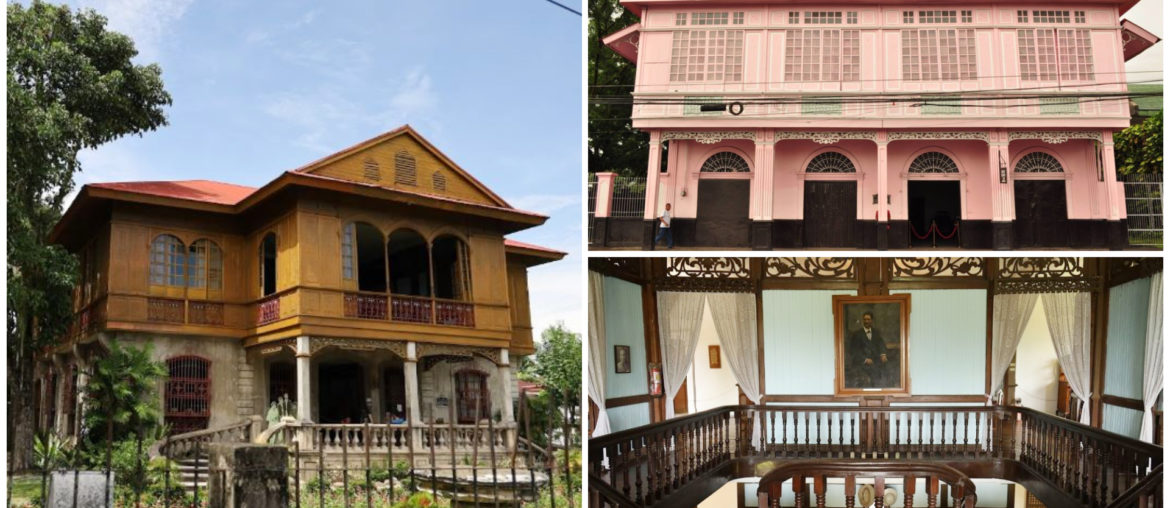
Comments are closed.